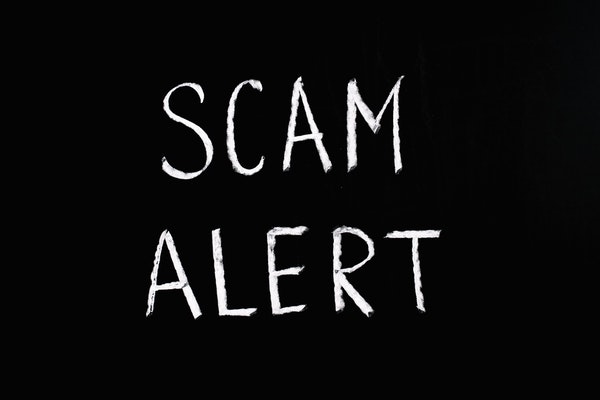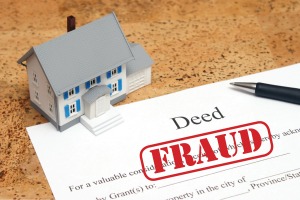This past week, I received a call from my bank stating that they marked multiple transactions as fraud. As someone who writes about the importance of protecting your identity and the repercussions of identity theft, I was well aware that millions of Americans face identity theft each year. It can even cause fraudulent debt in your name. But, in typical fashion, I didn’t think it would happen to me. In short, I was a victim of fraud; here’s what happened and what steps you should take in a similar event.
I Was a Victim of Fraud. Here’s what Happened
I take all the precautions that we here at ACCC tell our readers to take. I protect my social security number, only use my cards on verified and secured transactions, utilize password protection, and more. And yet, someone had still gotten a hold of my personal information.
When I heard the message from my bank about a detected fraud alert, I had a mix of emotions. I was scared to hear the potential damage, and nervous that this incident could seriously affect my life and finances. But I also felt an underlying sense of calm and preparedness. I actually knew what steps to take next! Luckily, the damage to my account was minimal and my bank was fast and proactive in their efforts. Either way, it’s important to do some damage control after identity theft. I took the following steps to address the fraudulent activity on my account, and you should too.
My First Steps to Identify and Confirm Fraud
I called my bank. Call the telephone number on your card or search your bank’s phone number on Google to ensure that the message itself wasn’t a phishing scam. In my case, the representative canceled my card immediately to ensure no additional charges would be made on my account. They also flagged the transactions as fraudulent right then and there on the phone.
I had verifiable information ready, including:
- Name
- Address
- Social Security Number or Account Number
- Types of accounts with the bank
If you’re combating credit card or debit card fraud, be ready to verify one of your recent purchases or transactions. It may help if you have your transaction history in front of you while on the phone to jog your memory. You can find your bank statement in the mail or via online banking portals.
I filled out paperwork. In my case, the next step was filling out some paperwork at my bank’s local branch. I signed an affidavit of identity theft, which is a form from the Federal Trade Commission stating that I was a victim of fraud. My bank assured me they would investigate and get the charges removed from my account. They also printed me a new debit card right then and there.
Additional Important Steps
After you’ve taken care of identifying the fraud, take these steps. Contact your creditors, check your credit, and be sure to update any passwords, PINs, and other security measures. Also, update any accounts that are linked to your card. In my case, the representative gave a helpful reminder to update apps like Uber, Amazon, and the Wallet on my phone that house my card information.
Again, I was lucky to have such a minor incident. For others, the circumstances may be more significant. If your identity has been stolen, don’t wait to take action. Visit identitytheft.gov to see what steps to take right away. Routinely check your accounts, change your passwords, and take extra precaution with technology. There’s no sure-fire way to protect your identity in the digital age. The best we can do is take preventative measures, and if there ever is a breach of information, get going ASAP. I can’t put a price tag on the peace of mind I had knowing what resources were at my disposal to resolve the issue and protect my personal information.
If you’re struggling to pay off debt, ACCC can help. Schedule a free credit counseling session with us today.






